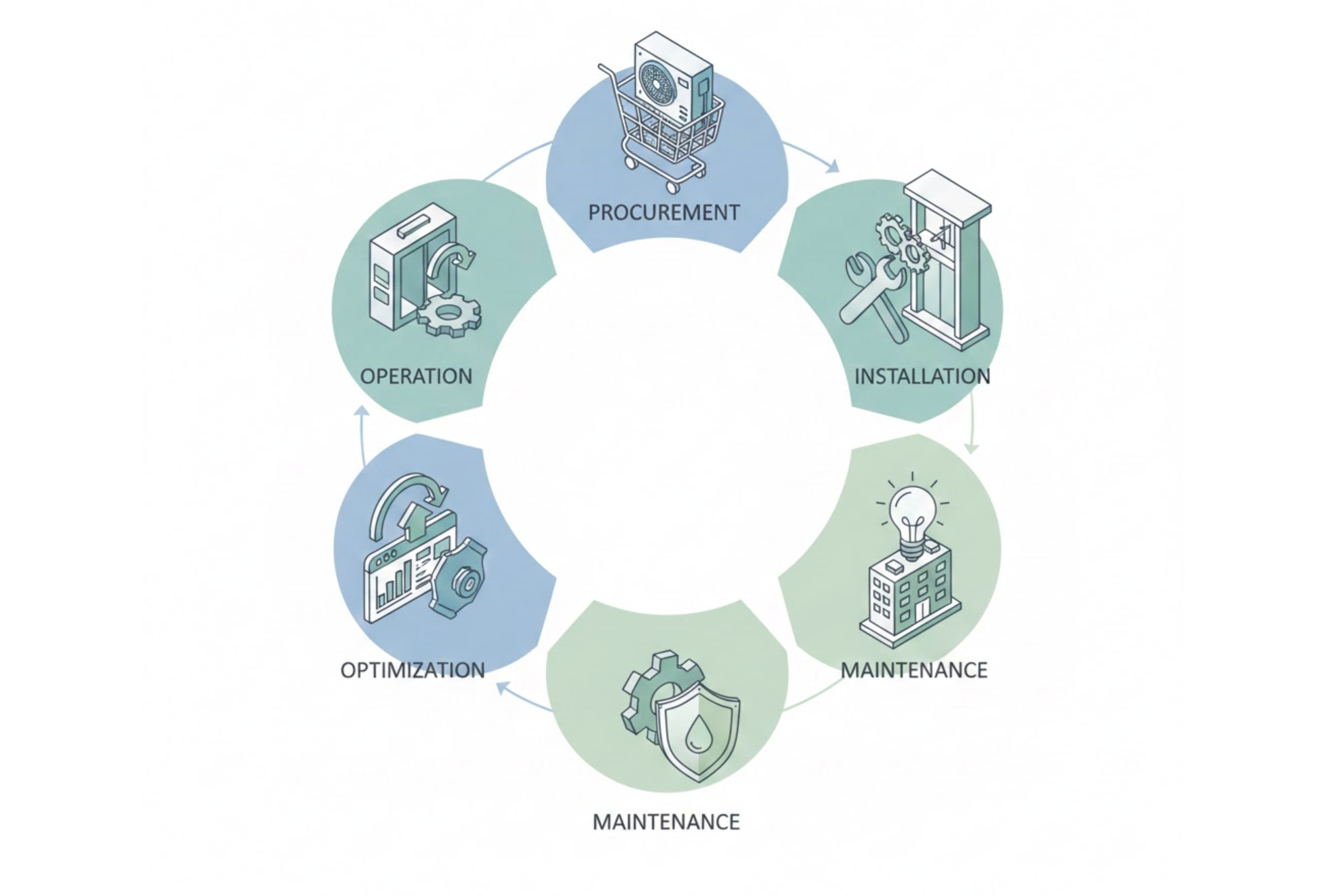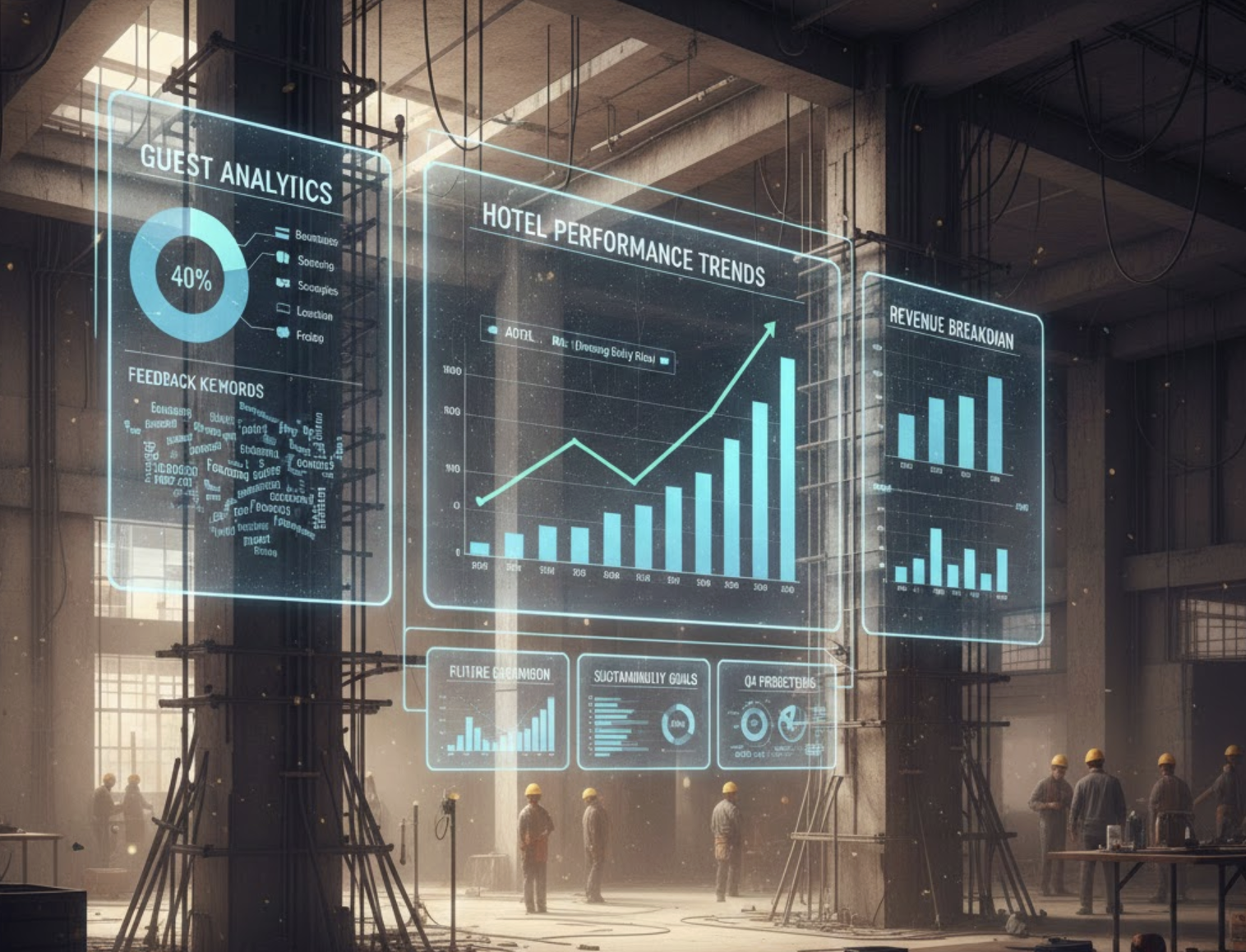Bridging the Gap Between Procurement and Jobsite Logistics
Integrating procurement and jobsite logistics is crucial for the success of construction projects. This integration enhances efficiency, reduces project timelines and costs, and improves overall productivity. In this blog, we will explore the importance of this integration, the phases of construction procurement, challenges faced in logistics planning, best practices, and how Zepth can provide tailored solutions for these issues.
Importance of Integration
Effective collaboration between procurement and jobsite logistics is essential in construction management. This collaboration entails more than just the physical delivery of materials; it encompasses the communication of project updates, scheduling changes, and the management of resources—paving the way for successful project execution.
Phases of Construction Procurement
Design and Planning
The design phase is where the foundation of the project is established. The design team reviews contractor submittals, ensuring that all components meet the specifications outlined in the contract documents. This includes both major structural elements and minor details, such as paint colors and finishes, thus ensuring that everything aligns with the project’s vision.
Purchase Orders
Once design approvals are in place, contractors issue purchase orders to suppliers, often leveraging trade credit or financing options. This step is pivotal for maintaining cash flow and ensuring that the right materials are available at the right time.
Material Delivery
The procurement manager plays a critical role as they track material and equipment progress. They ensure that materials are delivered on time, to their designated location, and are ready for safe offloading and installation. A delay in any of these aspects can lead to a domino effect of issues within the project timeline.
Construction Site Logistics Planning
Coordination and Scheduling
Effective logistics planning hinges on several critical factors, including coordinating material delivery schedules and managing the use of equipment and space on site. Efficient logistics helps mitigate risks associated with delays and optimizes the project’s flow, ensuring that all resources are utilized effectively.
Procurement Scheduling
One essential tool in the logistics toolbox is procurement scheduling, which links procurement with project scheduling and submittals. For example, platforms like PLOT integrate procurement scheduling with logistics management, ensuring that all materials are ordered and received in accordance with their on-site dates. This preemptive scheduling is key in avoiding costly overruns or unexpected delays.
Key Challenges
Timely Delivery
To keep up with project schedules, it is vital to order materials and equipment on time. Any delay here can have substantial financial repercussions and disrupt the overall project timeline, making timely procurement a critical objective.
Communication and Coordination
Communication plays a fundamental role in effective logistics management. Continuous dialogue among site teams and between procurement and logistics managers is essential. Daily activities must be closely monitored and any changes on-site communicated promptly to prevent misunderstandings.
Financial and Quality Considerations
Balancing financial management with quality procurement is another challenge construction managers face. This involves careful consideration of budgeting, costs, payment terms, and ensuring that high-quality materials are delivered on time without overspending.
Best Practices
Integrated Tools and Software
To boost efficiency, leveraging construction project management software designed to integrate procurement and logistics functions is essential. Platforms like Zepth offer a comprehensive suite of tools that optimize workflows, thus achieving successful project outcomes by bridging these two critical areas.
Continuous Monitoring
Regularly monitoring the progress of procurement functions is vital. Construction teams should remain agile, ready to respond to any developments that could affect labor and material costs, availability, and quality. Close coordination between project managers and logistics teams ensures seamless operations.
Dynamic Functionality
Utilizing tools with dynamic functionalities, such as PDF integration, notifications, and alerts, informs teams of real-time updates. This capability ensures all stakeholders are kept in the loop, assisting in maintaining project timelines and coordination among various activities.
Use Cases and Emerging Innovations
Advanced Logistics Management
Emerging tools and methodologies, particularly those offered by Zepth, can significantly streamline both procurement and logistics management. The integration of procurement scheduling with logistics planning ensures that materials arrive on time, helping keep the overall project on track.
No-Code Software Solutions
No-code software solutions are revolutionizing how teams can create customized systems for managing procurement processes. These solutions allow teams to handle procurement flexibility without needing extensive technical skills, leading to increased efficiency.
How Zepth Can Help
Zepth offers a comprehensive suite of project management tools designed specifically to bridge the gap between procurement and jobsite logistics. By utilizing Zepth’s advanced functionalities, construction teams can:
- Streamline procurement and logistics management.
- Ensure timely delivery of materials.
- Enhance communication and coordination among site teams.
- Optimize project timelines and manage costs effectively.
To explore how Zepth can enhance your procurement and logistics management processes, consider requesting a demo today and discover the powerful features tailored for the construction industry.




